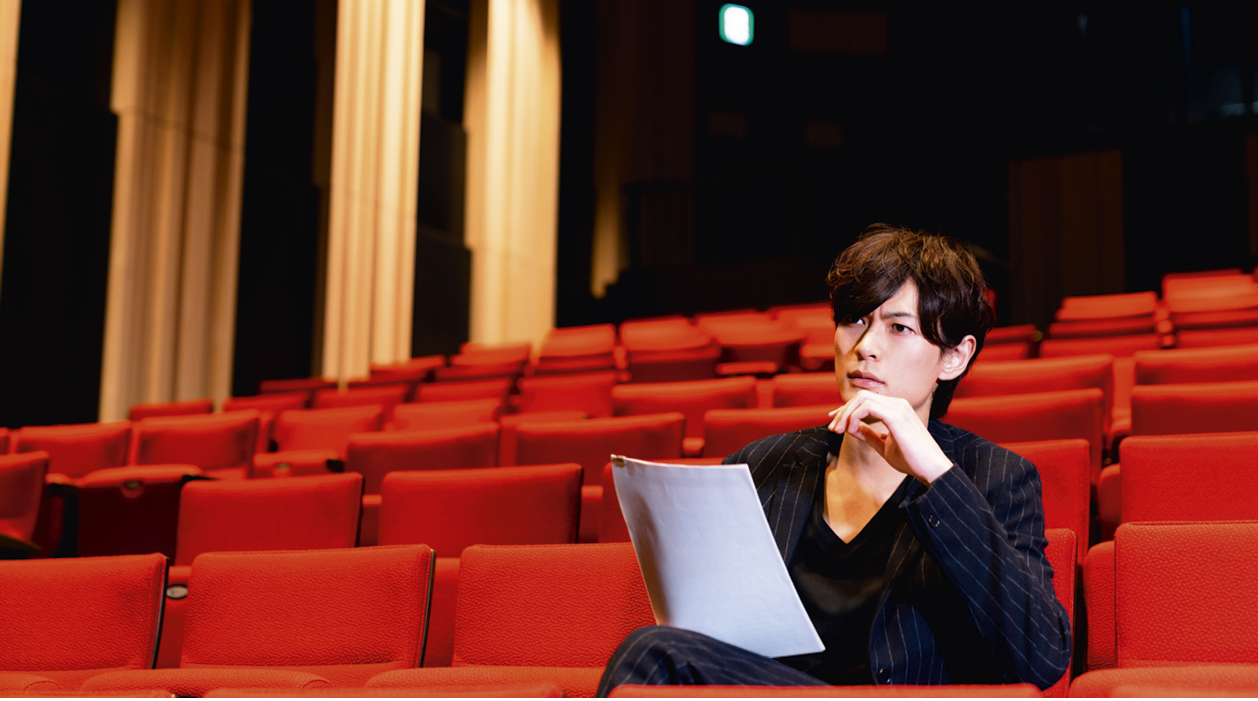With years of experience behind her, Susan Elkin discusses the art of a theatre critic.
I see an average of four to five shows a week. And I review them – as keen readers of Ink Pellet will be aware – here and elsewhere. They range from one person shows in fringe theatres to big musicals. I also see pantomime at Christmas, a lot of children’s shows and I’m happy to include some amateur work. Classical music concerts and opera are all part of the mix. It tends to be London and the Southeast because that’s where I live, although I do get to Nottingham Playhouse, Cambridge Arts and Birmingham Rep occasionally.
I’ve been doing this for decades, so I like to think my reviews are, at least, informed. When I see Macbeth, The Cherry Orchard, HMS Pinafore or The Importance of Being Earnest, for example, I have plenty of grounds for comparison. If it’s a new play or show, then I have plenty of experience of other new pieces to measure it against. None of this, of course, makes me infallible. A review can only ever be one person’s opinion.
Various things that have happened recently have made me ask myself two searching questions. First: What is the purpose of criticism? Second: What are the responsibilities of a critic?
A theatre review should, in my review, tell the reader about the show either so that they can make a decision whether or not to buy a ticket or, if the reader has no intention of going, to give them the flavour simply as a way of information sharing. That means a bit of plot although as they used to tell us when I worked for The Stage: ‘readers of The Stage do not need to be told the plot of Hamlet’. It’s a fine balance. People might need a few plot reminders and if it’s a new piece they certainly need to be told what it’s about without spoilers if there are dramatic twists. Then there should be some analysis of the design, performance, setting and staging – written as colourfully as possible, because for some readers the review will be a substitute for seeing the show.
It is not, repeat not, an opportunity for the critic to show off, although I have to be honest and admit that I was once delighted to be able to use the word “leporine” in a review. It was a children’s show at Yvonne Arnaud theatre in Guildford and one of the characters was a hare, so I reckon that was permissible. On the other hand, I was, rightly, taken to task by an editor only last week for “tree-girt arena” and let’s draw a veil over the time when I used “cuneiform” to describe an item in the set and the editor changed it to “uniform” which made nonsense of what I was trying to say. Wedge-shaped, Susan … wedge-shaped.
And so to the responsibilities. At the time of writing a household name (in theatre/journalism circles, anyway) critic has just been banned from press invitations to Open Air Theatre, Regents Park although there’s nothing to stop him buying a ticket if he’s determined enough. His offence? He commented disapprovingly on the body shape, racial and sexual diversity of cast members in Legally Blonde. Well, yes, I think that’s distastefully unprofessional too, although I’m not sure that banning critics from theatres is quite the right response.
I try very hard to be fair but mindful. Last Christmas, I described a supernatural character wearing a very sparkly dress in a children’s show as “exotic” which she was. Because she was black and only 13, I agreed to change it to “tinselly” – the review was online – when approached by the theatre’s rather embarrassed publicity manager. But I was a bit put out because I really am no racist.
And I too have been banned from reviewing at one small venue. The reason given was that they didn’t want competition between shows. Actually, I’m certain, it was because they were miffed by my criticism of the leading lady in one show I’d seen a few days before. I was also recently asked by a (different) theatre to remove Twitter tags to the show I had given 2 stars too. I ignored the latter request with what I hope was dignity.
Oh yes: stars. They’re a very crude minefield and I wish we didn’t have to do it, but producers love them – or they do when there are five of them. It’s worth decoding star ratings. Three means a perfectly decent show of its type. Most shows should therefore be three star and that’s always my starting point when I take my seat. Thereafter stars are, perhaps, gained or lost according to what I see and hear. I saw a production of The Merchant of Venice last year which rolled along as a three star show until the final 10 seconds when a brilliant directorial idea got it a fourth star.
The bottom line is that if you invite a critic to see your show, then you have to take on the chin what they write. That’s how it works. On the other hand, no review should ever descend to spiteful “cleverness” or make devastating personal remarks about performers. That’s definitely not how it works.
@SusanElkinJourn



